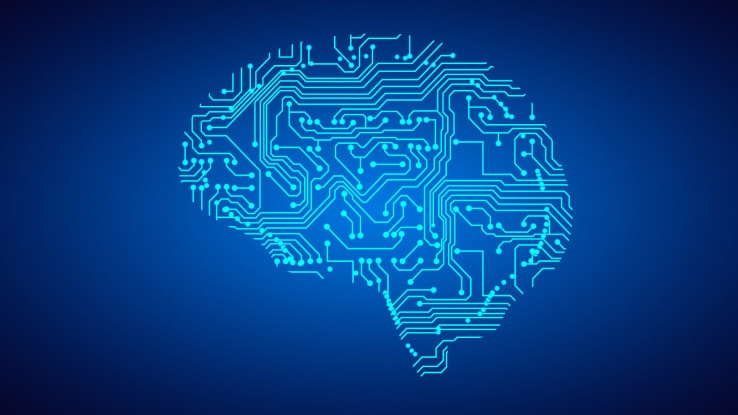
Large Language Models Overview
In the realm of artificial intelligence, large language models (LLMs) have emerged as a cornerstone, revolutionizing how machines understand and generate human language.
These sophisticated models, trained on vast datasets, can mimic language patterns, comprehend context, and even create content that feels human.
This article delves into the intricacies of LLMs, offering a comprehensive exploration from their inception to their current applications and future potential.
The Evolution of Language Models

From Simple Algorithms to Complex Networks
The journey of language models began with simple rule-based systems and evolved into complex neural networks capable of understanding nuances and context. So, let's take a look at the introduction to large language models. The transition to models like GPT (Generative Pre-trained Transformer) marked a significant leap, showcasing the power of deep learning in language understanding.
Breakthroughs in Language Modeling
Key breakthroughs in LLMs include the development of transformer architectures, which significantly enhanced the models' ability to process and generate text sequentially. These innovations laid the groundwork for models that can write articles, compose poetry, and even code.
Understanding Large Language Models

Architecture and Design
At the heart of LLMs lies their architecture, primarily based on the transformer model, which allows for the processing of words in relation to all other words in a sentence, enabling a deeper understanding of language.
How They Learn
LLMs learn through a process known as unsupervised learning, ingesting vast amounts of text and learning patterns, structures, and nuances without explicit programming for specific tasks. This enables them to generate coherent and contextually relevant text based on the input they receive.
Applications of Large Language Models

Natural Language Processing
LLMs have significantly advanced natural language processing (NLP) capabilities, enabling machines to perform language translation, sentiment analysis, and question-answering with unprecedented accuracy.
Content Creation
One of the most exciting applications is in content creation, where LLMs are used to generate articles, stories, and even creative writing, opening new possibilities for automating content production.
The Impact on Society
Benefits
The advent of LLMs has brought about numerous benefits, including making information more accessible, enhancing communication, and automating routine tasks, thus freeing up humans for more creative endeavors.
Ethical Considerations
However, the rise of LLMs also presents ethical challenges, such as the potential for misuse, biases in model outputs, and the implications for employment in certain sectors. It's crucial to address these concerns to ensure the responsible development and deployment of these technologies.
The Future of Language Models

Advancements and Innovations
The future of LLMs is poised for further advancements, with research focusing on making them more efficient, adaptable, and capable of understanding and generating even more complex forms of language.
Challenges and Solutions
Addressing challenges such as bias, energy consumption, and the need for transparent and ethical AI practices will be vital in shaping the future of LLMs, ensuring they serve the greater good.
Conclusion
In conclusion, large language models (LLMs) represent a significant advancement in the field of artificial intelligence, providing an unparalleled ability to understand, generate, and interact with human language. These models, trained on vast datasets, have shown remarkable proficiency in a wide range of tasks, including translation, summarization, question-answering, and creative content generation. However, alongside their potential, they also present challenges such as ethical concerns, bias, and the need for vast computational resources.
As we continue to refine and develop these models, it is imperative to address these issues head-on, ensuring that LLMs are used responsibly and for the benefit of society. The future of LLMs is incredibly promising, with the potential to revolutionize how we interact with technology, access information, and communicate with each other. By continuing to push the boundaries of what is possible while remaining vigilant about their limitations and ethical implications, LLMs can play a pivotal role in the advancement of human knowledge and the betterment of society.
FAQs
What is a large language model?
A large language model is an advanced AI system trained on vast datasets to understand, generate, and interact using human language.
How do large language models learn?
They learn through unsupervised learning, analyzing large volumes of text to detect patterns, structures, and the nuances of language.
Can large language models create original content?
Yes, they can generate original content ranging from text articles to poetry, mimicking human-like creativity.
What are the ethical considerations with large language models?
Ethical considerations include addressing biases in the models, preventing misuse, and considering the impact on employment in content-related fields.
What is the future of large language models?
The future involves making these models more efficient, ethical, and capable of understanding and generating more complex language forms.
Trending
-
1 How Does SaaS Differ From IaaS And PaaS?
Fabrice Beaux -
2 Single Page Applications vs Multi-Page Applications
Fabrice Beaux -
3 Top 7 Effective Strategies for Multi-Language Website Development
Fabrice Beaux -
4 Boost Engagement to Infinity and Beyond: Unleashing AI-Driven Support
Anas Bouargane -
5 The Cheapest And Most Beautiful Stickers in CS2
Daniel Hall





Comments